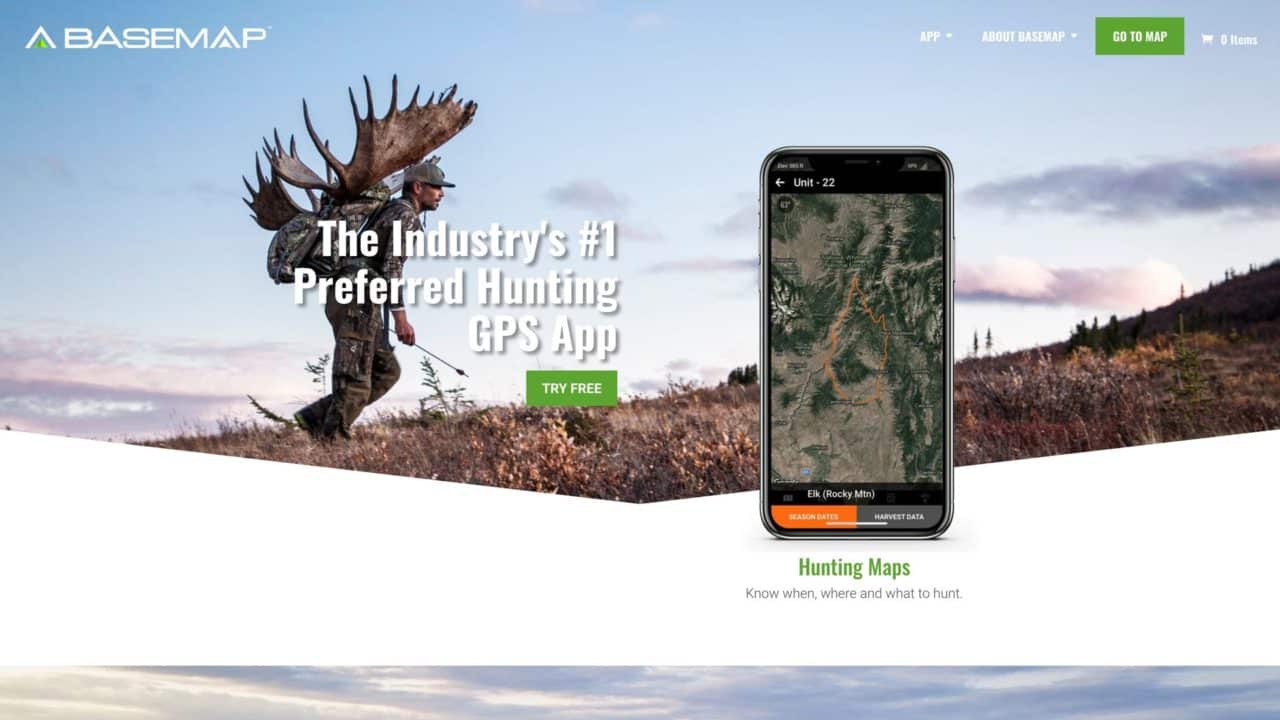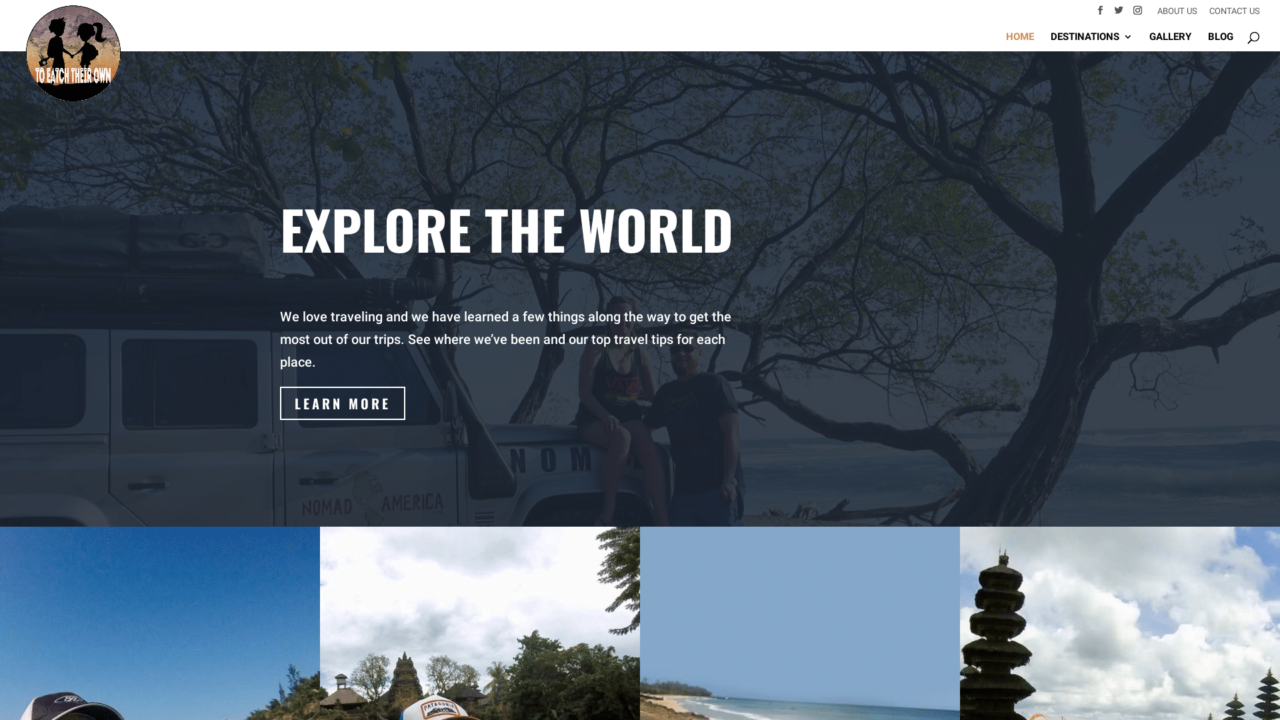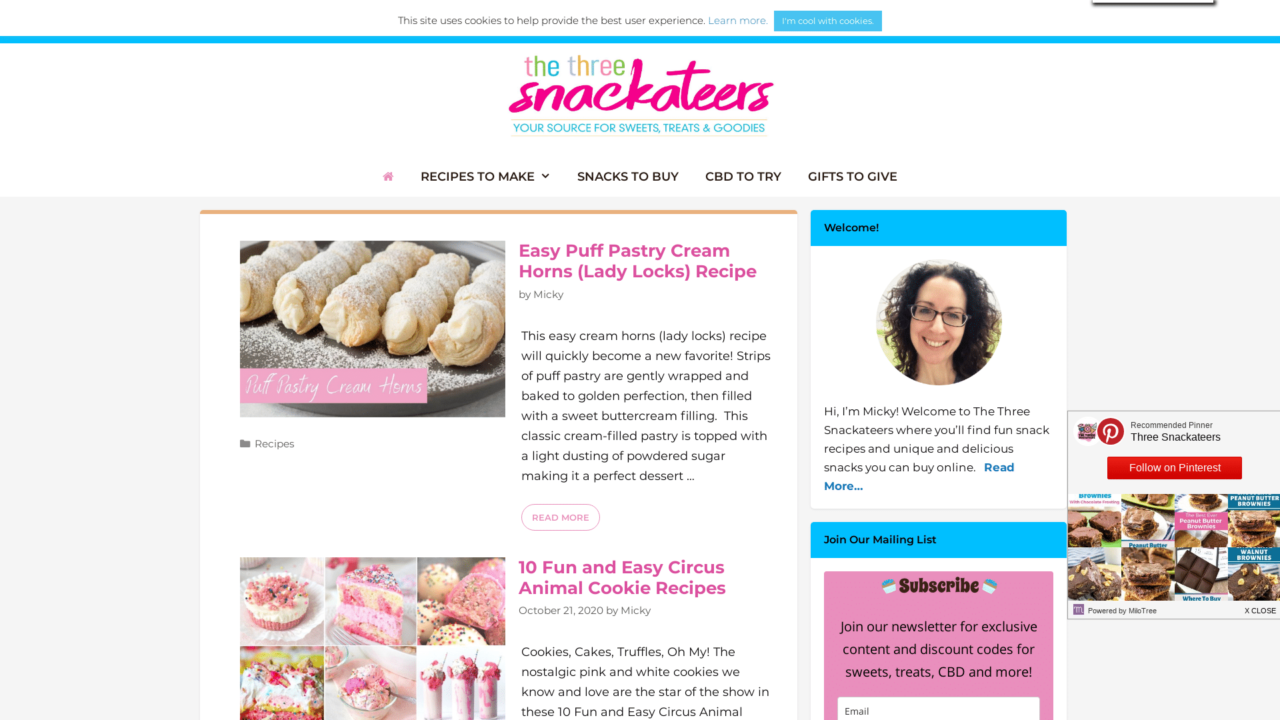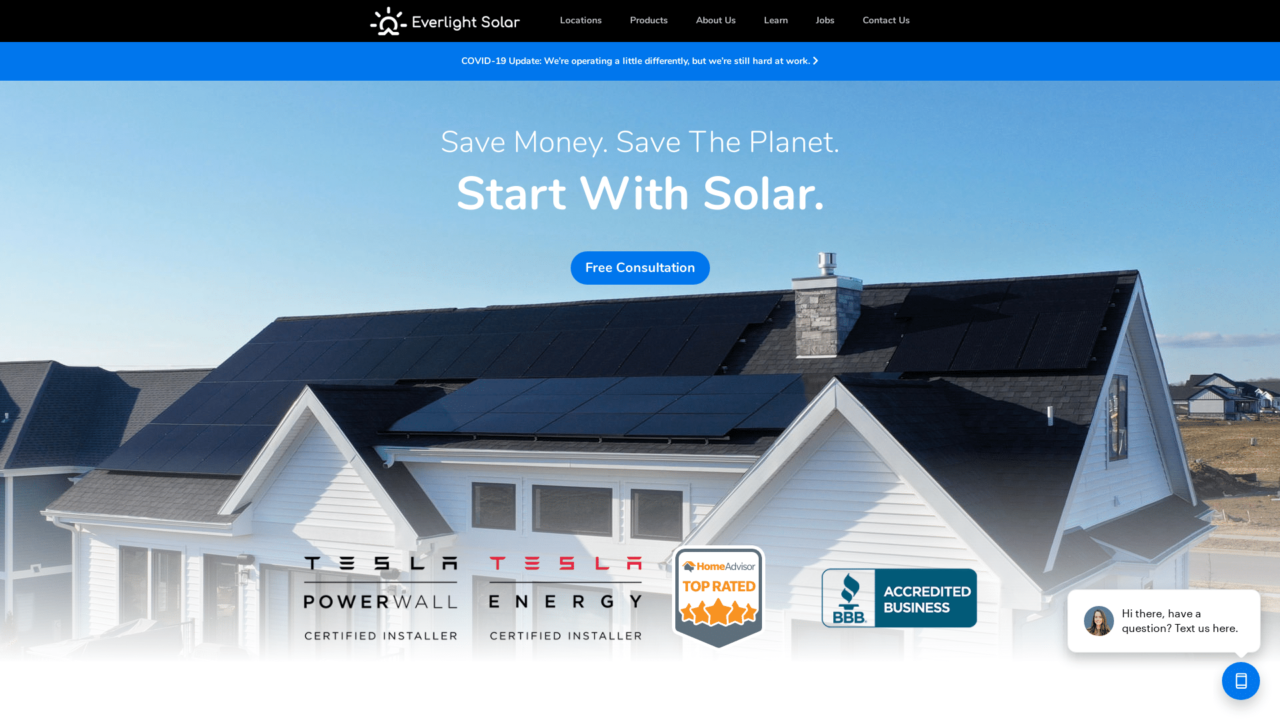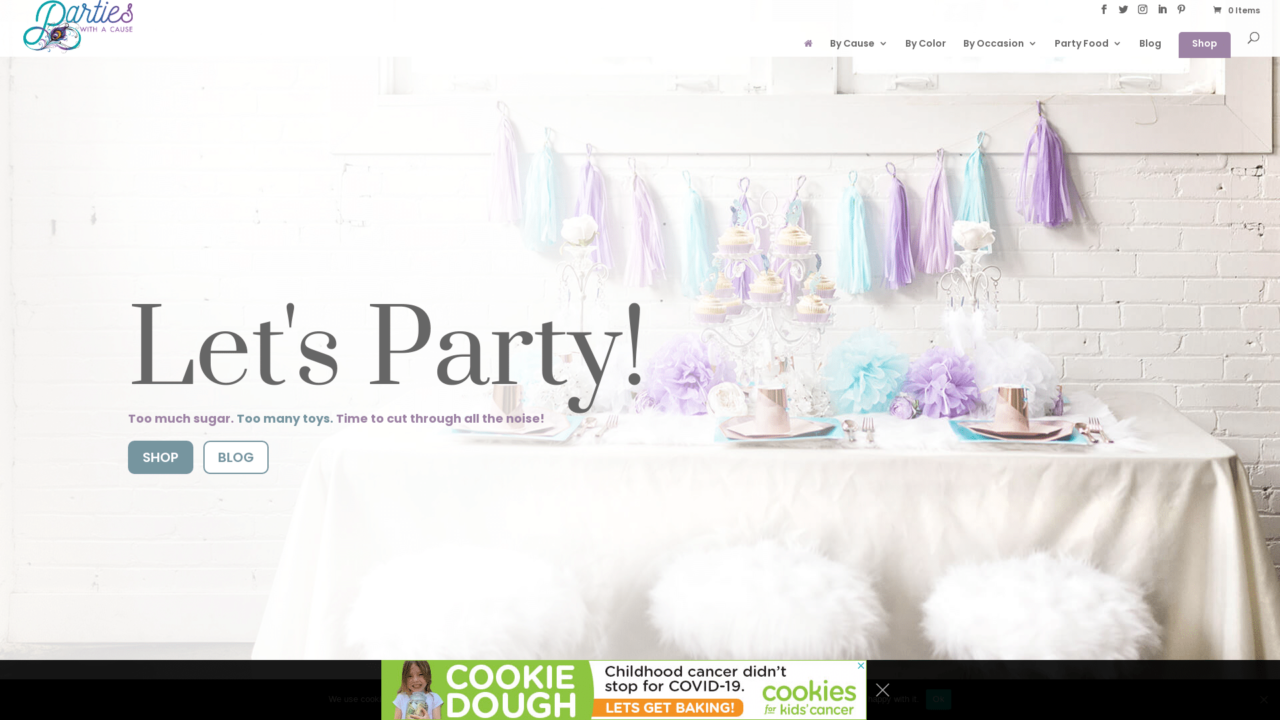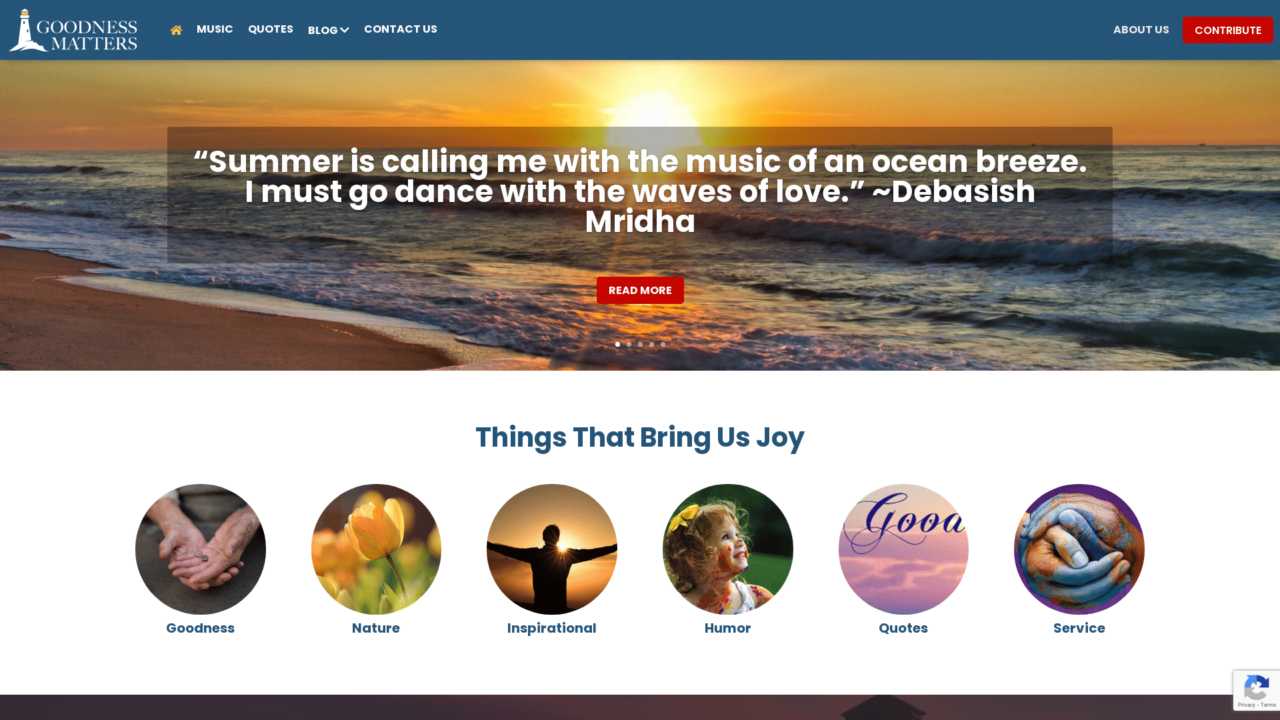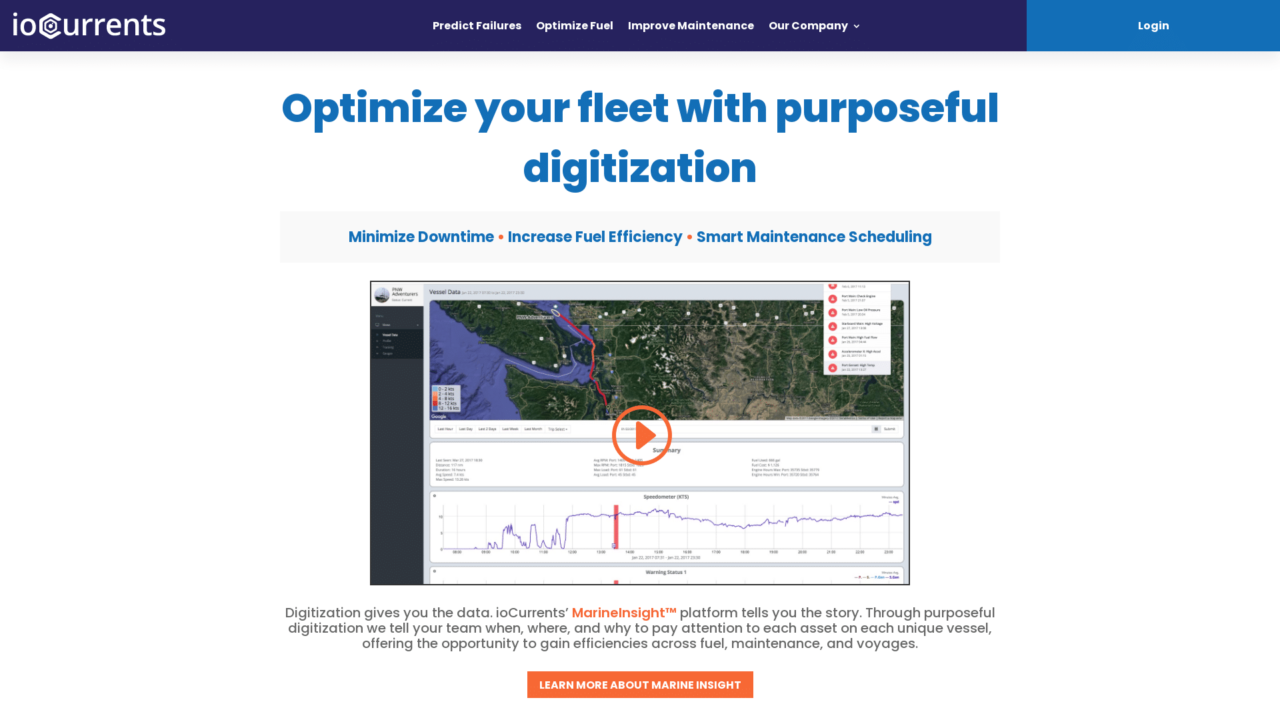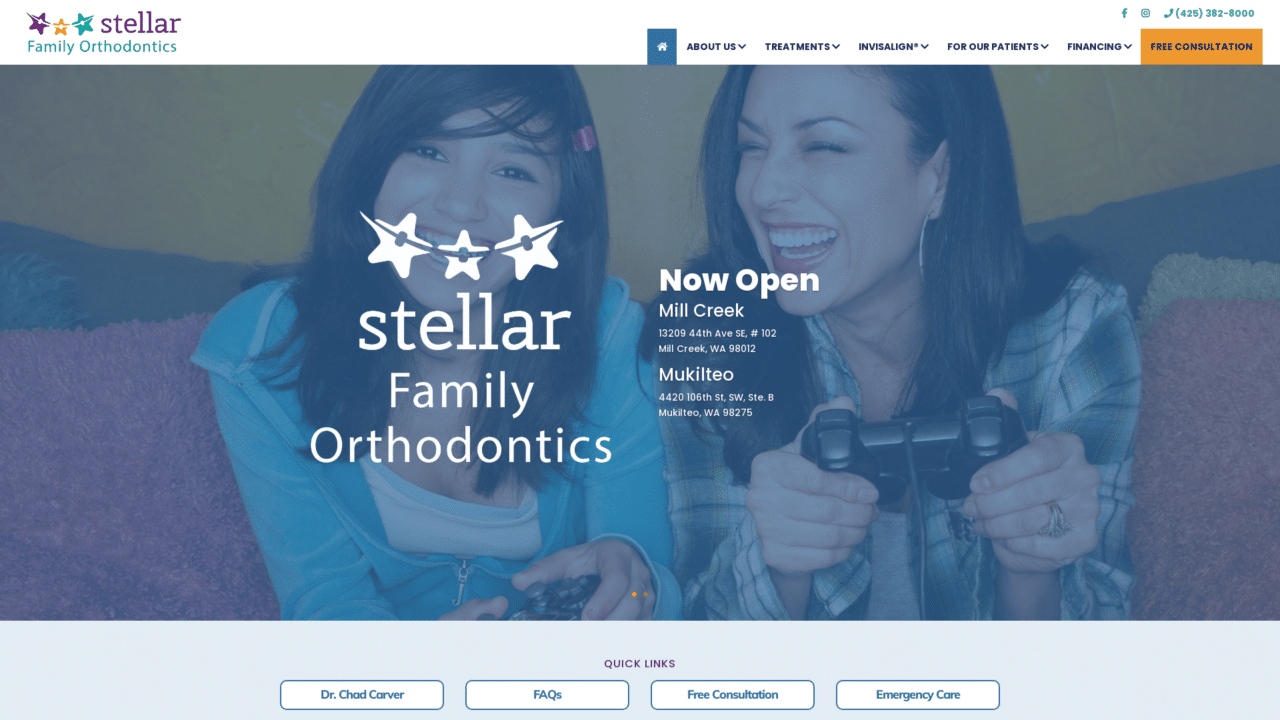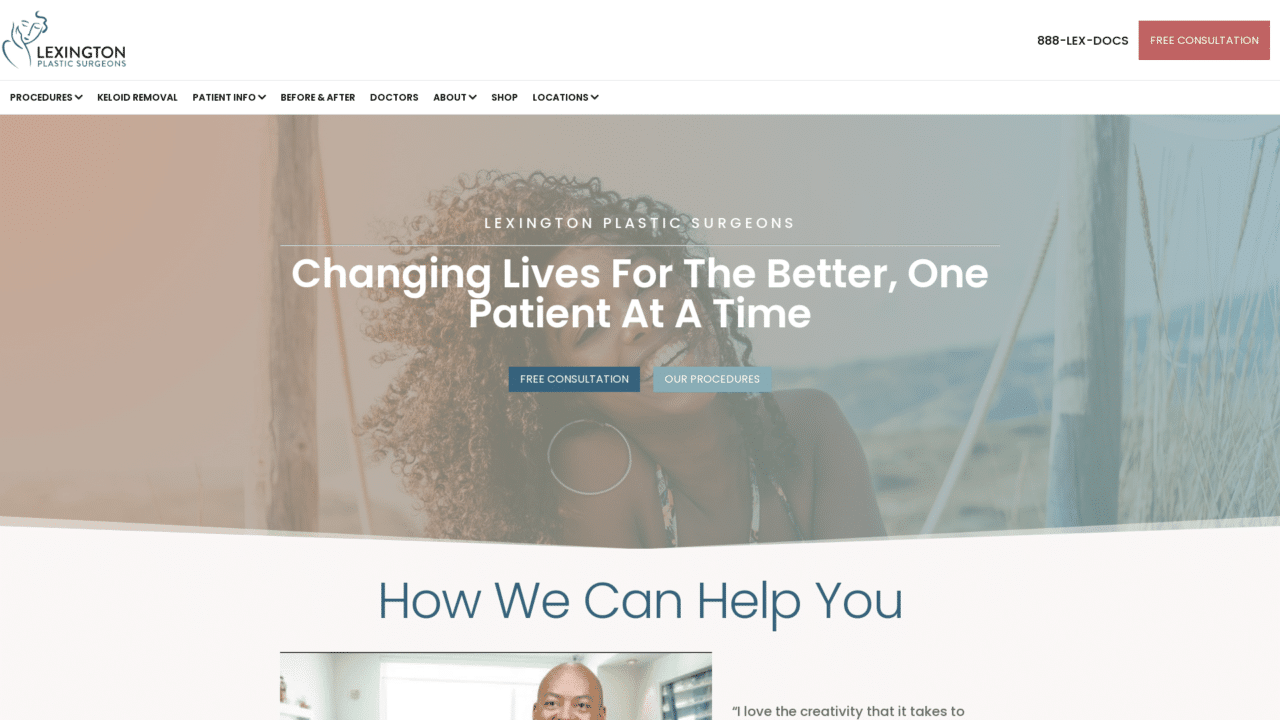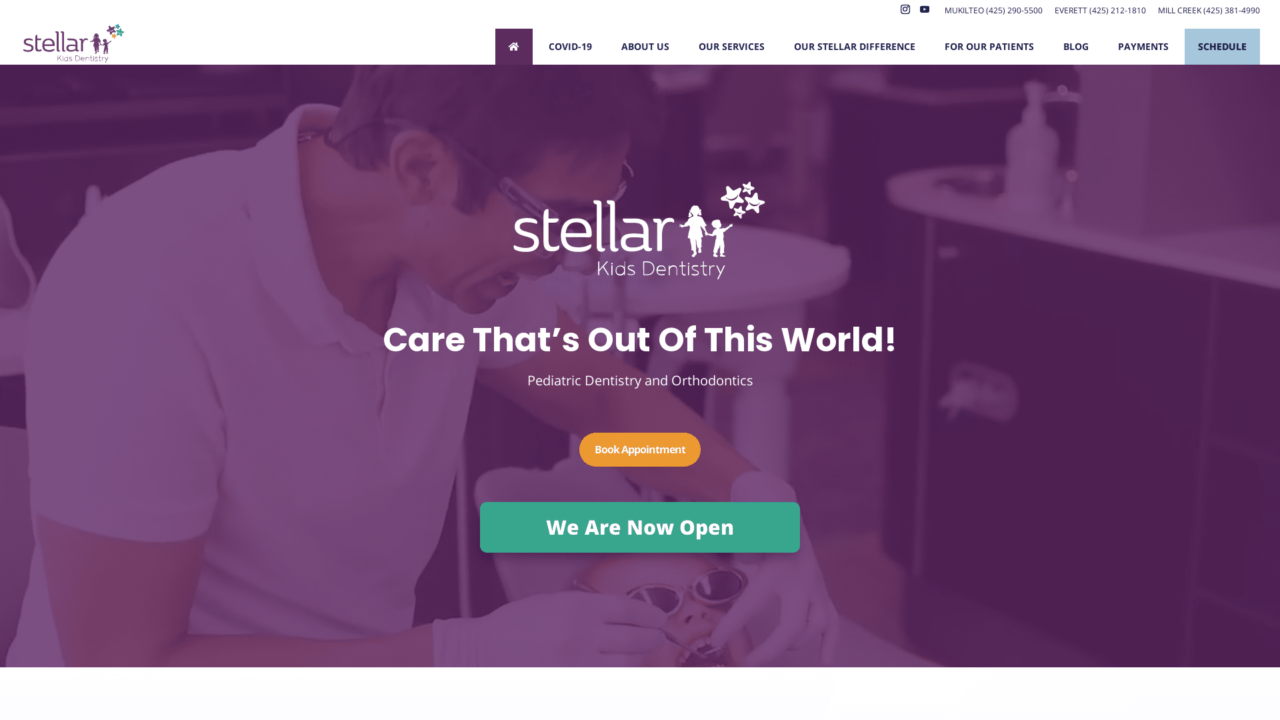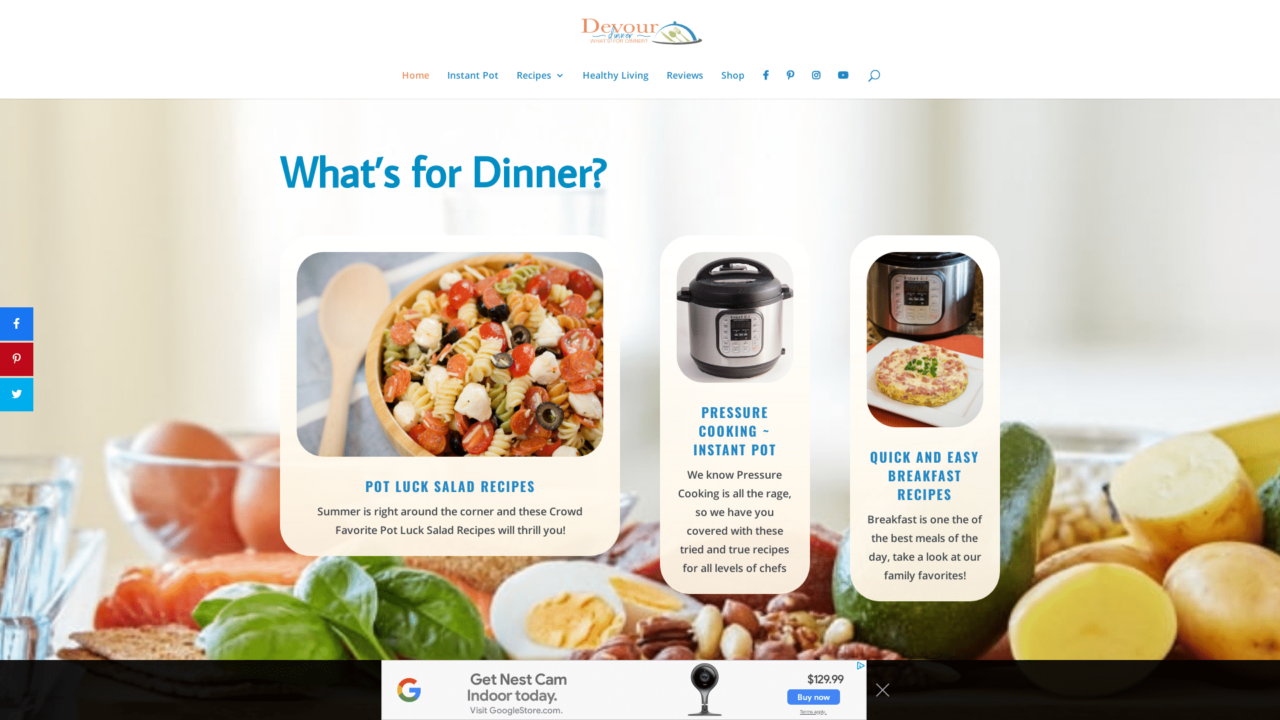Catalog Websites
Lots of Pages With Detailed Information
A catalog website typically has more than 10 pages (we’ve worked on some with over 100 pages) to describe different resources, services, or team members. For areas of the website that are frequently updated, we aim to make these easy to add-to and maintain for the client.

What Is A Catalog Style Website?
Also known as an online product catalog or an e-catalog. Similar to an eCommerce site, a catalog website uses Custom Post Types (or database tables) to store related information to then be dynamically displayed throughout the website.
For example: products, real estate property listings, rentals, business locations, and team bio pages, events and more.
Depending on the setup, you will even see features that provide the ability to sort, filter, or search. Making it even easier for website visitors to find the information they are looking for without sifting through every detail.
The goal of a catalog website is to be a resource and provide relavent, up-to-date, information.
What is the difference between a Brochure style website and a Catalog website?
The biggest difference is that a catalog website leverages database technology to create dynamic sections of a website. In some cases, a catalog website is easier to maintain from a client perspective.
A brochure style website can display the same type of information as a catalog website, but is often done in a static fashion because the scale is so much smaller and difficult to justify the cost.
Common Types of Pages Found on a Catalog Website
Home
Every website needs a home page. It’s often the first page visitors land on and should contain a summary of what your offering or that they could find on the website. This page should also include your primary Call-to-Action (making it clear what you want them to do), and other secondary CTAs for those that simply want to learn more.
About Us
Use this page tell visitors more about your company and what you stand for. This page can also be used to boost your Google EAT score, which is essentially your search engine credibility. Considering adding sections of content like: History of the Business, About the Owner, Author Bios, Contributing Experts, etc.
The About page can be a very popular page on a website because people are trying to determine if they want to trust you and follow through on that Call-to-Action they saw on the homepage.
Contact Us
If your primary goal of the website is for people to contact you (lead generation), then providing a more detail or incentive on this page could boost the conversion rate.
Services + Sub Pages
Catalog websites often will have a main “Services” pages that highlights everything that the business offers with links to sub-pages going into greater detail about each individual service.
These individual pages can include:
- Specifics about the service
- Who performs the service
- Who the service is best suited for
- What you want someone to do to begin using your service
- Primary CTA
Location Pages
Use these pages to describe the difference or specialty for each location so customers know which one they should contact or visit.
For example, a hospital might have a various satellite clinics in the area that offer certain services because of the doctors that are stationed there.
Team Bio Pages
Including Team Bio pages on your website can increase trust among clients, patients, or customers.
The types of websites that we have seen these on most is with Healthcare and Professional Services:
- Hospitals
- Dental Practices
- Law Firms
- Financial Advisors
Blog
For these bigger websites/businesses that aim to provide routine updates will use a blog to share time sensitive information. For example:
- Temporary COVID-19 Testing Station
- Community 5K Run/Walk
- Webinars
- Industry News
- Fundraisers
- And so much more…
It can be anything that can be pushed down and out of site, but needs that temporary prominence on the site to let visitors know about it.
+ Data Privacy & Accessibility pages. Learn more about why these pages are important for any size and style of website.
